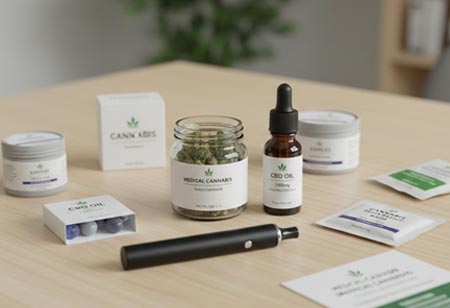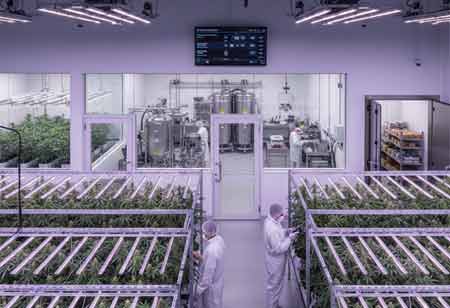Thank you for Subscribing to Cannabis Business Insights Weekly Brief
Major Obstacles in Cannabis Extraction
Cannabis producers are responsible for maintaining a safe working environment by implementing regular equipment checks, worker training, and compliance with standards.

By
Cannabis Business Insights | Tuesday, May 06, 2025
Stay ahead of the industry with exclusive feature stories on the top companies, expert insights and the latest news delivered straight to your inbox. Subscribe today.
Fremont, CA: The process of cannabis extraction plays a vital role in creating cannabis-based products, including oils, edibles, topicals, and concentrates. As the cannabis market grows, manufacturers are on the lookout for efficient, safe, and cost-effective techniques to extract cannabinoids such as THC and CBD from the raw plant material. The extraction process comes with challenges, including regulatory obstacles and technological limitations. Extracted cannabis products undergo strict testing to ensure their potency, as well as to check for contaminants and residual solvents.
Cannabis laws vary widely between countries, states, and even local jurisdictions, making it difficult for producers to maintain compliance across different markets. For example, some regions allow the extraction of certain cannabinoids like CBD but restrict or ban THC extraction, while others may require specific testing or licensing for extraction facilities. Producers must adhere to strict product safety, quality, and labeling guidelines. Disposing of spent plant material and solvents poses environmental risks if improperly handled. The variability makes producing extracts with uniform potency and flavor profiles challenging.
Several extraction methods include solvent-based techniques like ethanol or butane extraction and solvent-free techniques like supercritical CO2 extraction. Each method requires specific equipment, costing hundreds of thousands of dollars. Cannabis extraction, mainly when using solvents like ethanol, butane, or propane, can be hazardous. The solvents are highly flammable, and improper handling or equipment malfunctions can lead to fires, explosions, or other serious safety incidents.
Failing to prioritize safety can result in accidents, legal liabilities, and costly facility repairs, all of which can halt production and affect profitability. Another challenge in cannabis extraction is maintaining product consistency and quality across batches. The cannabis plant is naturally variable, and factors such as the strain, growing conditions, and harvest methods can affect the composition of cannabinoids and terpenes in the plant material. Achieving consistent quality in cannabis extracts requires precise control over the extraction process, including the temperature, pressure, and time used.
Producers must implement rigorous testing protocols to ensure each batch meets the required potency and purity standards. Maintaining consistency can result in products that meet consumer expectations or regulatory requirements, leading to a loss of trust and potential financial losses. Maximizing yield and extraction efficiency is crucial for cannabis producers looking to remain competitive. The extraction process can be resource-intensive, and inefficient methods may result in wasted material or lower cannabinoid yields.
Producers must constantly seek ways to improve their extraction techniques to optimize the amount of cannabinoids extracted from each batch of plant material. While effective, solvent-based extraction methods often leave residual solvents in the final product. Producers must implement additional post-extraction steps, such as purging or distillation, which can increase production time and costs. Solvent-free methods, like supercritical CO2 extraction, may produce higher-quality extracts but often come with lower yields and longer processing times.
Balancing the need for high-quality products with the desire for higher yields remains a constant challenge for cannabis extractors. Many extraction methods, particularly solvent-based ones, can have a significant environmental impact due to using chemicals and energy-intensive processes. Consumers and regulators are increasingly pushing for eco-friendly extraction practices in response to these concerns. Producers must find ways to minimize waste, reduce energy consumption, and use more sustainable solvents or extraction methods.






